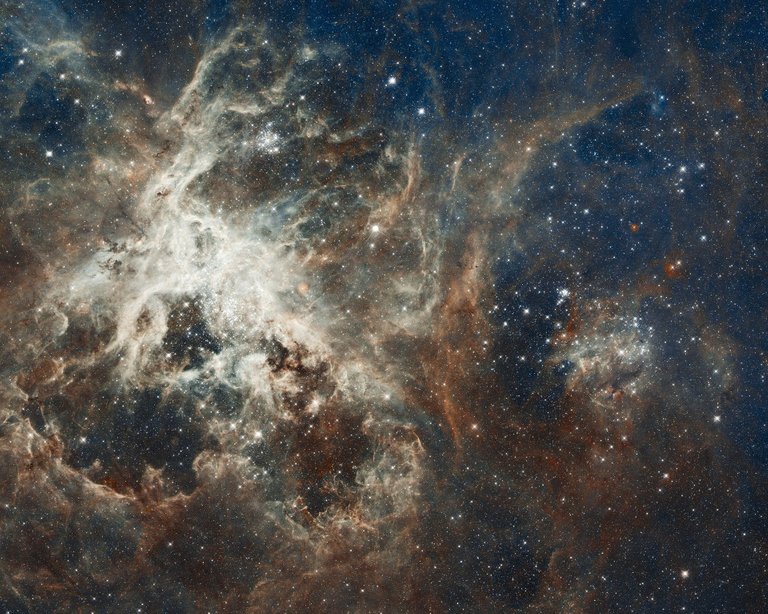The Mystery Of Half The Light In The Universe
As the New Horizons probe flies at the periphery of the Solar system it took images of the Universe. But about half of the visible light it saw is coming from unknown sources.

Image by WikiImages from Pixabay
- Be also sure to check out my other posts and follow me @kralizec and subscribe to my Youtube channel at Kralizec Gaming Youtube Channel
If we take away light pollution, then the night sky is usually black and covered with stars. But astronomers pose a question – is the Universe really as dark as it seems from Earth? What if we observed the Universe without stars, galaxies, and all other objects that we know of that radiate visible light? Would there still be light in the Universe?
It may seem simple but this question that concerns itself with the Cosmic Optical Background is very complex and important. Astronomers have been searching for answers for dozens of years trying out various different ways to get them. Tod Lauer and his coworkers from the National Optical Astronomy Observatory (NOAO) in Arizona used the data coming from the New Horizons probe to try to get the answer. New Horizon passed Pluto 5 years ago and is now continuing its journey into the depths of the Kuiper belt.
The New Horizon probe was destined for this kind of research. It flies through places far away from the Sun and lacking cosmic dust which reflects Solar radiation in the inner parts of the Solar system and “blinds” astronomers. Thus, a great opportunity was given to Lauer and his team. The devices onboard New Horizon helped them to answer the question of how much light – visible electromagnetic radiation – is out there.
The scientists had the probe take images that they then later analyzed. When they filtered out all the known sources of visible light from the images about half of the light still remained. That means we do not know where from half of the visible radiation in the Universe is coming from. Either it could be because of the limits of our technology or some unknown cosmological phenomenon. Or perhaps – both.
The researchers say the light may be coming from the glow of stars and galaxies that are too dark or far away for us to see them with our current technologies. Or it could be radiation from a source or sources which we never heard before about.
Interestingly, the research performed by Lauer and his team is somewhat controversial. And not only because it is very complex. The big reason is that astronomers don’t seem to know where half of the light in the Universe is coming from and that is quite frustrating. But also, it could just be a technical issue with the New Horizons probe. But what is obvious, there still is a lot to discover out there in the Universe.
Sources:
- If you like the content I’m producing about science maybe you will like the content I produce about gaming as well! Be sure to check out my other posts!